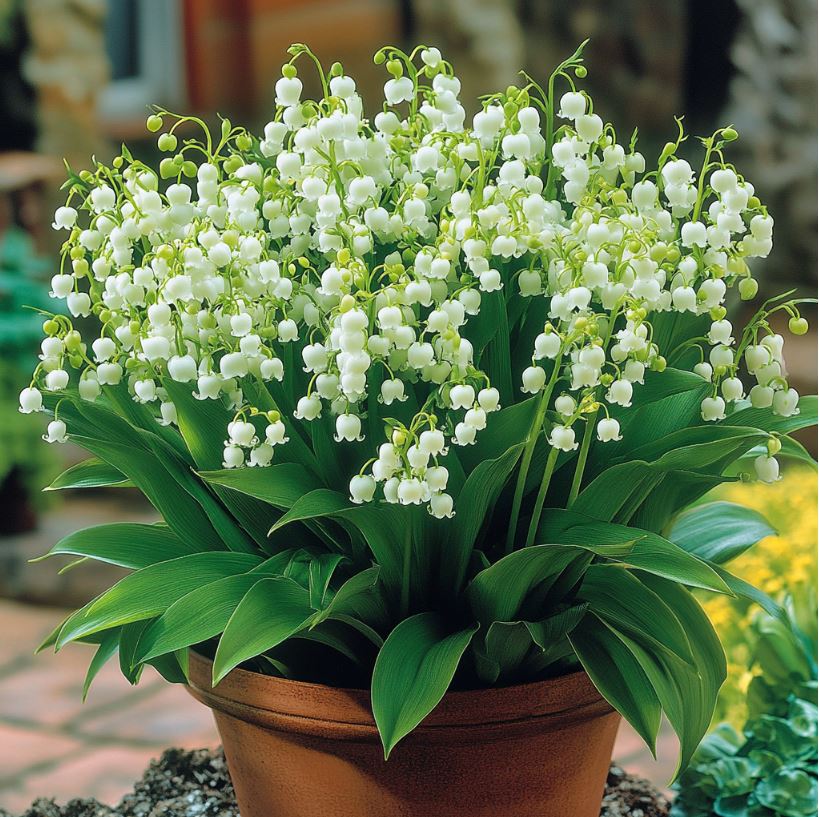Lily of the Valley, scientifically known as Convallaria majalis, is a captivating perennial herb that has long fascinated botanists, gardeners, and nature enthusiasts alike. With its delicate white bell-shaped flowers and intoxicating fragrance, this humble plant has woven itself into the fabric of human culture, symbolism, and personal experience. In this exploration, we’ll delve deep into the multifaceted world of Lily of the Valley, uncovering its botanical wonders, cultural significance, and the profound impact it has on our lives and environment.
The Botanical Marvel: Unveiling the Secrets of Lily of the Valley
Lily of the Valley, despite its unassuming appearance, harbors a wealth of botanical intrigue that has captivated scientists and nature lovers for centuries. This section will explore the plant’s unique characteristics, its ecological role, and the fascinating adaptations that have allowed it to thrive in diverse environments.
A Closer Look at Convallaria majalis
Lily of the Valley belongs to the asparagus family, a classification that might surprise many giventhe aesthetic differences between these plants. Its scientific name, Convallaria majalis, hints at its majesty as it is often associated with May Day celebrations in Europe where it blooms.
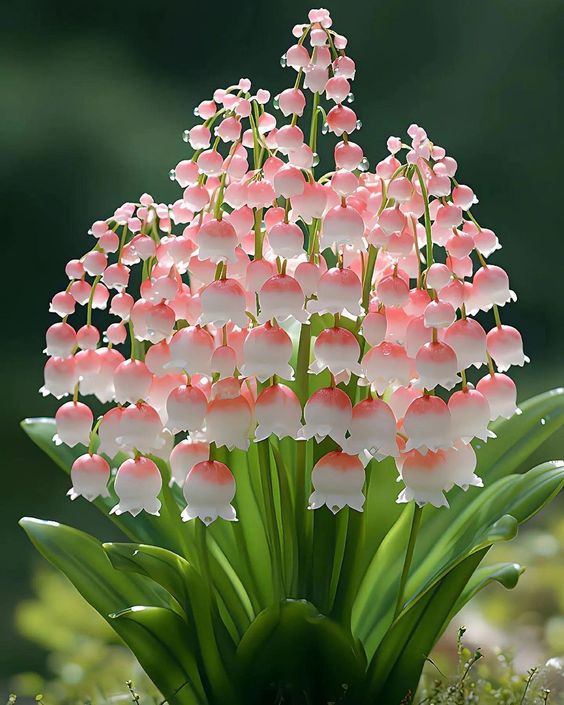
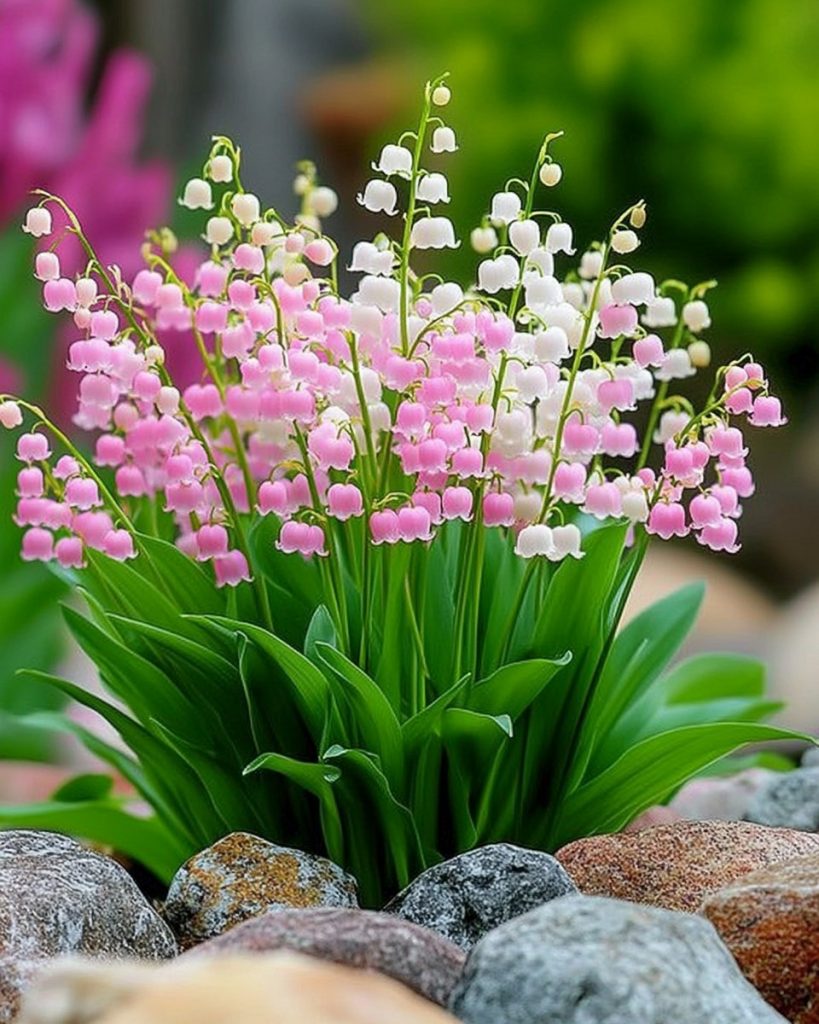
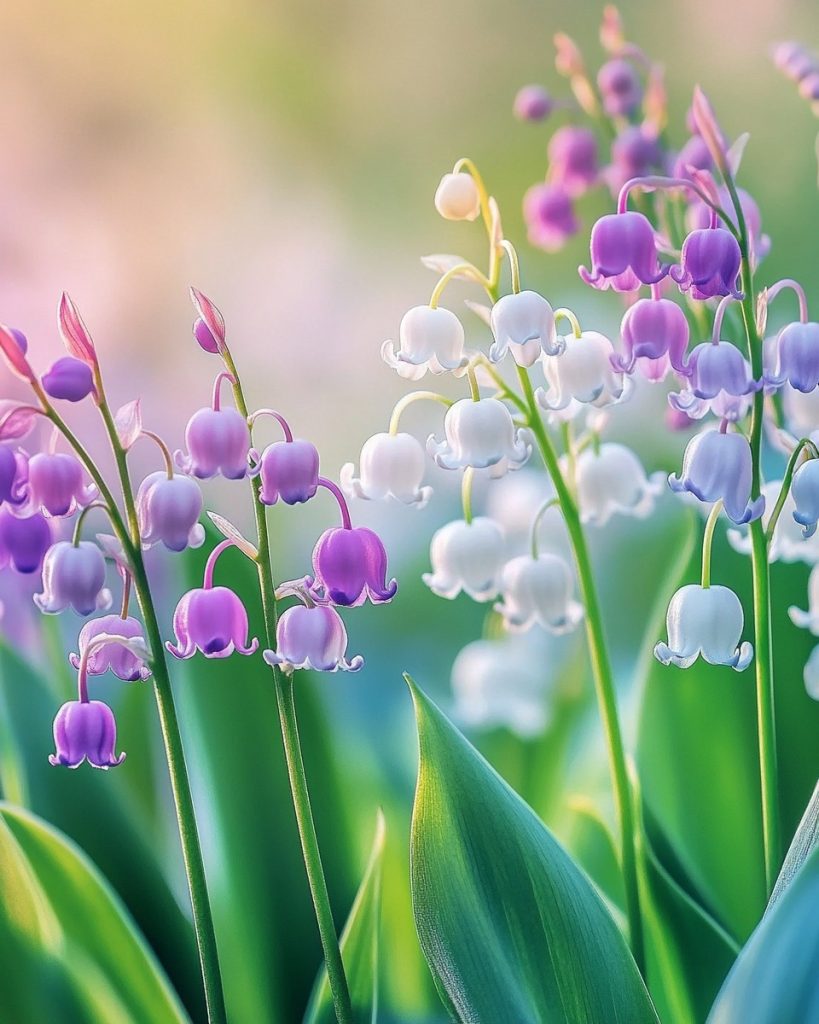
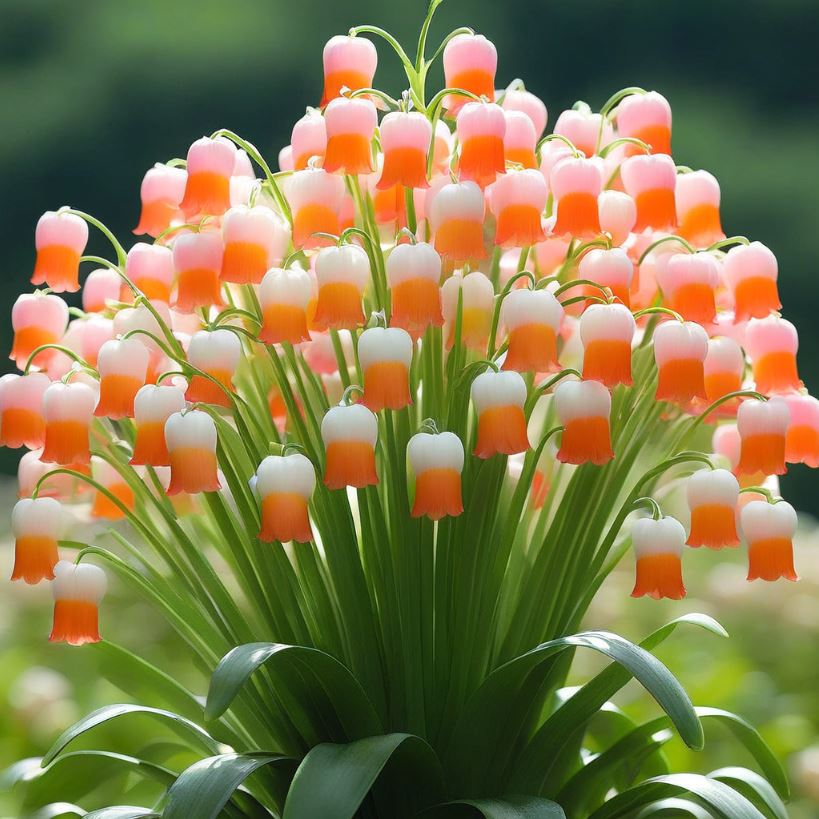
The plant features slender, arching leaves that grow from a rhizomatous root system, which allows it to spread and form dense colonies. Each stem produces small, pendulous flowers, typically white but occasionally tinged with pink, which bloom in graceful clusters. The beauty of these blossoms is complemented by their sweet, intoxicating fragrance that often lingers in the air, beckoning pollinators.
Ecologically speaking, Lily of the Valley plays an essential role in forest ecosystems. It thrives in shaded, moist environments, making it a vital component of the understory layer in deciduous woodlands. This not only provides ground cover that helps prevent soil erosion but also offers habitat for various creatures, including insects that rely on its nectar.
Adaptations to Environment
Lily of the Valley exhibits remarkable adaptations that enable it to flourish in diverse habitats. One of the most significant is its ability to thrive in low-light conditions, a characteristic that stems from its native woodland environment. The leaves are broad and rich in chlorophyll, allowing the plant to capture sunlight effectively even under the canopy of taller trees. This feature gives it a competitive edge over other plants in similar habitats.
Moreover, the plant’s rhizomatic growth is a clever adaptation that serves both reproductive and survival purposes. The rhizomes not only allow it to spread and colonize new areas, but they also store nutrients, enabling the plant to endure unfavorable weather conditions such as drought or excessive frost. This resilient nature showcases the plant’s evolutionary success and highlights its ability to adapt to fluctuating environmental factors.
The Role of Pollinators
Pollination plays a crucial role in the life cycle of Lily of the Valley, and understanding this aspect sheds light on its importance in the ecosystem. Although it is primarily self-pollinating, the delicate flowers attract various pollinators, including bees and butterflies, which assist in cross-pollination, producing genetically diverse offspring.
Interestingly, the timing of flowering aligns with the activity patterns of certain pollinators. In spring, when many other food sources are scarce, Lily of the Valley blooms abundantly, providing a vital resource for early-season pollinators. This symbiotic relationship underscores the intricate connections within ecosystems, as plants and animals depend on one another for survival and reproduction.
Cultural Significance: From Folklore to Modern Celebrations
Lily of the Valley’s enchanting blooms extend far beyond botanical boundaries; they have found their way into folklore, traditions, and modern celebrations. The cultural significance of this delicate flower speaks volumes about human appreciation for nature and its wonders.
Historical Roots and Symbolism
Throughout history, Lily of the Valley has been steeped in symbolism and tradition. Often associated with purity, humility, and sweetness, it has captivated hearts for generations. Ancient cultures revered the flower, believing it carried protective qualities, warding off evil spirits and bringing good fortune.
In medieval Europe, Lily of the Valley was linked to the Virgin Mary and symbolized her purity. Consequently, it became a popular motif in religious art and iconography. This deeply rooted association has perpetuated the flower’s reputation as a symbol of innocence and grace, inspiring poets and artists alike.
Celebrations and Festivals
In modern times, Lily of the Valley continues to hold a cherished place in various celebrations. One notable event is the celebration of May Day, particularly in countries like France where the flower is traditionally gifted to loved ones as a token of good luck and happiness. The custom of giving these sweet-scented blooms carries a sense of joy and renewal, reminiscent of the arrival of spring.
Additionally, Lily of the Valley is a popular choice for weddings due to its associations with love and fidelity. Brides often choose the flower for their bouquets, incorporating its beauty and fragrance into their special day. The presence of this flower at such significant life events deepens its emotional resonance, offering both aesthetic allure and symbolic meaning.
Environmental Awareness and Conservation
As our understanding of environmental issues grows, so does the awareness of the need to conserve natural habitats where Lily of the Valley and other native plants thrive. While it can propagate easily in gardens and cultivated spaces, its natural populations are threatened by habitat loss, climate change, and invasive species.
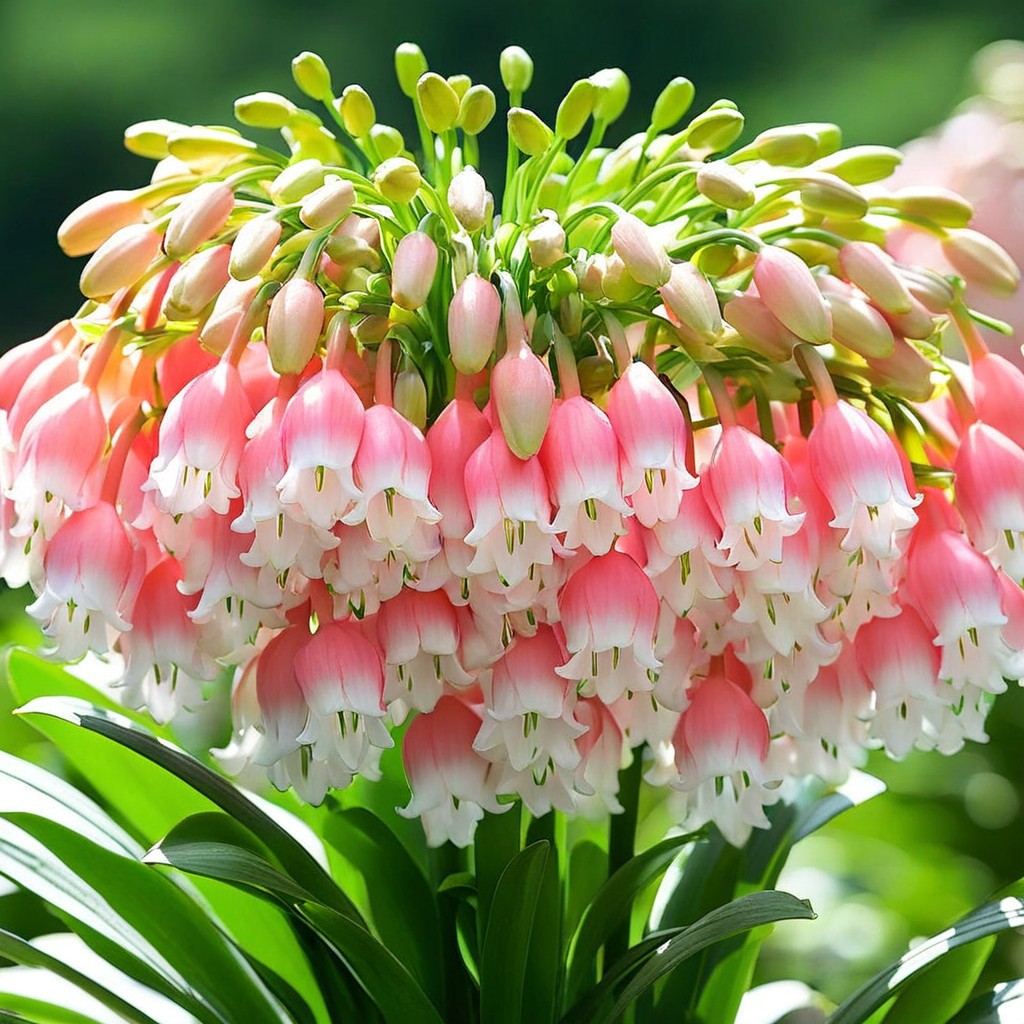
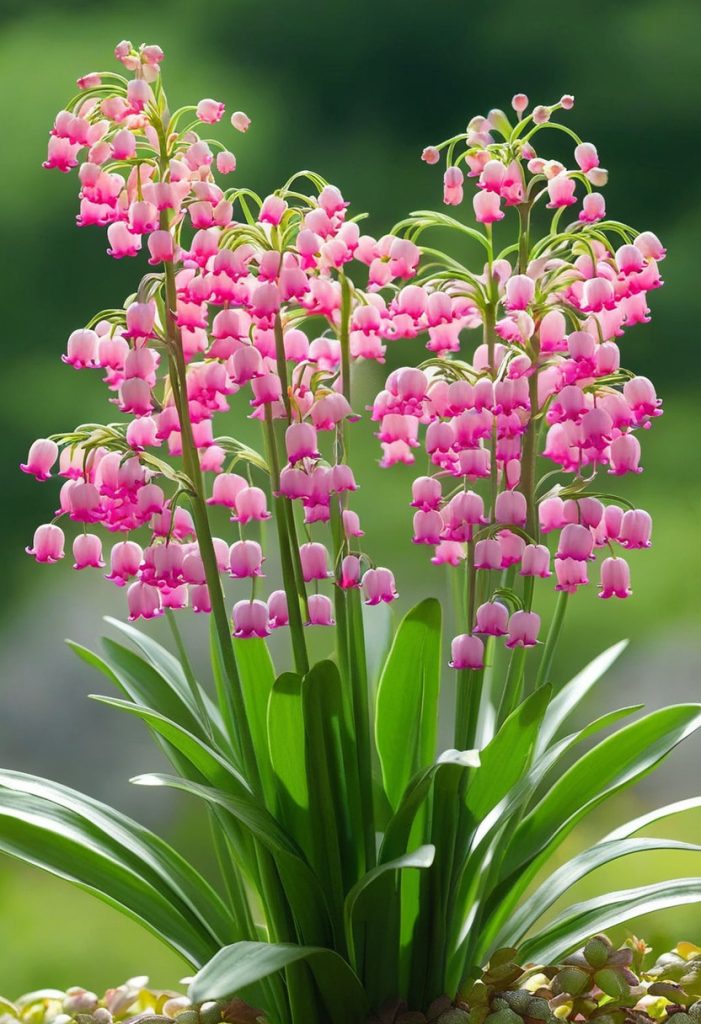
Various organizations and conservation groups work tirelessly to preserve the delicate ecosystems where Lily of the Valley flourishes. By raising awareness about the importance of preserving native flora, we can inspire future generations to appreciate and protect these enchanting plants and their habitats.
Uses in Herbal Medicine: A Double-Edged Sword
While Lily of the Valley delights the senses, it possesses medicinal properties that warrant careful consideration. This section explores the complexities of using this plant in herbal medicine, detailing its therapeutic potential while highlighting the risks associated with its toxicity.
Medicinal Properties
Historically, Lily of the Valley has been used in traditional medicine for various ailments. It contains compounds such as glycosides that can be beneficial for heart health. These compounds have been shown to possess cardiac glycoside properties, which can help strengthen heart contractions and regulate heartbeat rhythm, making them valuable in treating conditions like heart failure.
Despite these therapeutic applications, it’s essential to approach the use of Lily of the Valley with caution. The same compounds that can benefit heart health may also lead to toxic effects if misused.
Toxicity and Safety Concerns
Lily of the Valley is not without its dangers. All parts of the plant contain toxic compounds that can lead to symptoms ranging from mild gastrointestinal upset to severe cardiac disturbances. Ingesting even small amounts can result in nausea, vomiting, and dizziness, while larger doses can cause more serious complications.
Due to its toxic nature, individuals should exercise extreme caution when considering the use of Lily of the Valley for medicinal purposes. Consulting with a healthcare professional familiar with herbal medicine is paramount before embarking on any treatment involving this enigmatic plant.
Ethical Considerations in Herbal Usage
The conversation around the medicinal use of Lily of the Valley raises broader ethical considerations regarding wild harvesting and conservation. As demand for herbal remedies increases, the risk of overharvesting native plants looms large. Promoting sustainable practices ensures that we respect the ecological balance and protect the delicate ecosystems that support Lily of the Valley and countless other species.
Conclusion
The enchanting world of Lily of the Valley transcends its humble appearance, revealing a tapestry of botanical intrigue, cultural significance, and medicinal complexity. From its unique adaptations that allow it to thrive in challenging environments to its profound connections with human traditions and practices, this captivating plant offers endless avenues for exploration and appreciation.
